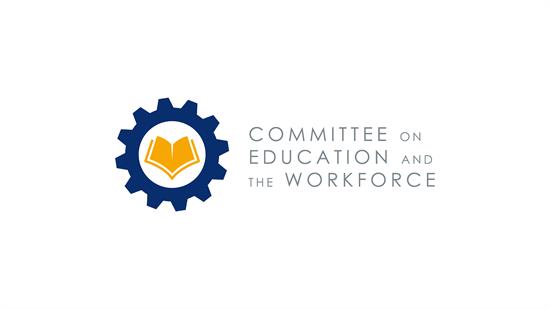Press Releases
Subcommittee Explores the Success of Apprenticeship Programs
WASHINGTON,
September 5, 2018
Today, the Subcommittee on Higher Education and Workforce Development, chaired by Rep. Brett Guthrie (R-KY), held a hearing to examine how the Workforce Innovation and Opportunity Act (WIOA) supports work-based learning, including on-the-job education and apprenticeships.
Today, the Subcommittee on Higher Education and Workforce Development, chaired by Rep. Brett Guthrie (R-KY), held a hearing to examine how the Workforce Innovation and Opportunity Act (WIOA) supports work-based learning, including on-the-job education and apprenticeships.
“In 2014, after years of hard work from the Education and Workforce Committee, the Workforce Innovation and Opportunity Act was signed into law. WIOA made significant progress rebuilding our national workforce development system by promoting employer-led innovation in and access to work-based learning experiences like on-the-job education and apprenticeship programs,” Chairman Guthrie said in his opening statement. “By strengthening on-the-job technical education and apprenticeship programs, we can streamline the connection between education and the workforce and encourage more Americans to pursue in-demand jobs, improving their own earning potential and the national workforce as a whole.” For the first time in Bureau of Labor and Statistics’ (BLS) history, the number of job openings in the United States exceeds the number of job seekers nationwide. With the large number of job openings, the need for skilled workers has increased. Currently, there are more than six million unfilled jobs in America, and approaches like on-the-job education and apprenticeships can prepare workers for in-demand industry careers. “[E]lectrical contractors, like the rest of the construction industry, continue to struggle to find qualified candidates to fill openings all across the country,” said Ms. Carol Reynolds, the Founder of United Industrial Services. “This challenge is expected to continue in the coming years, with BLS estimating there to be a 14 percent increase in demand for electricians through 2024.” Passed into law in 2014, WIOA rebuilds our workforce development system by promoting employer-led innovation in and access to work-based learning experiences like apprenticeships. “Today, Wisconsin has nearly 11,000 registered apprentices with 2,500 employers. In addition, we are growing the number of programs available to individuals. Currently there are 200 occupations active in the State, and just last week I attended events at which two new programs were created,” Mr. B.J. Dernbach, the Assistant Deputy Secretary of the Department of Workforce Development, told members. Dernbach made special note of the value of apprenticeships for both employers and apprentices. “The annual median salary for someone who completes an apprenticeship program is $71,624,” he said. “In addition, two years after completion of their programs, 98% of the apprentices were still working at the same occupation and 94% were still living in Wisconsin.” WIOA delivers decision-making authority to the local level by directing workforce investment boards to identify regional labor markets and growing industries in order to support the creation and expansion of local apprenticeship programs. Dr. Sharon Johnson, Chief Executive Officer of the Shenandoah Valley Workforce Development Board, told members that “work-based-learning models that are developed and customized to meet business needs and business learning preferences are the most requested methods” for educating workers and developing their skills. All education is career education, and employers know what skills employees need to succeed in the workplace. Through the ongoing implementation of the Workforce Innovation and Opportunity Act, workforce programs like apprenticeships will aid in closing the skills gap and putting more Americans to work. # # # |
Browse News
Stay Connected

